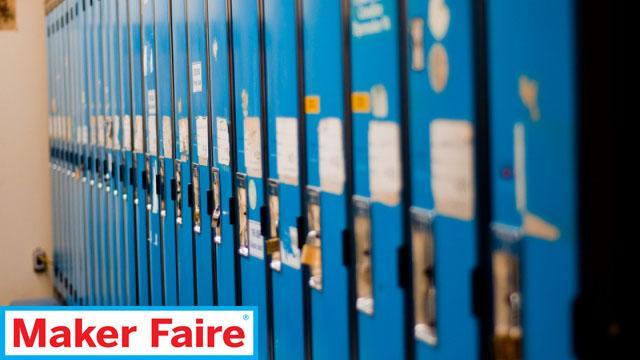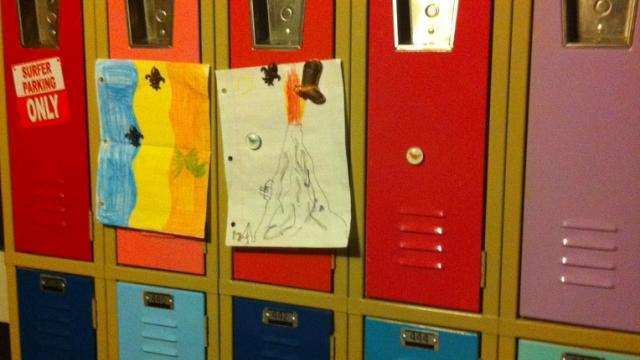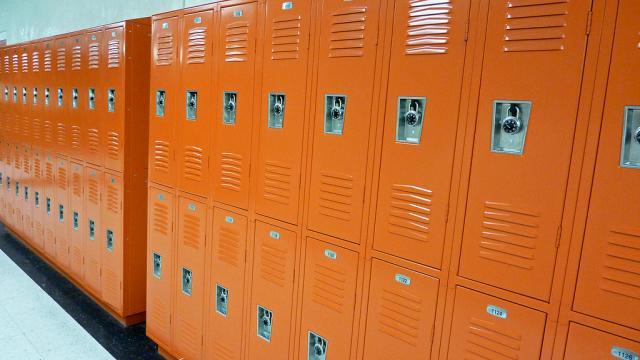These ideas are for lockers that incorporate art and technology. I want the user to be able to customize and personalize their lockers, which will have lots of storage space and technological accommodations. Lockers at my school are very basic and boring, and I want these new ones to be bold and innovative. As you look at my ideas, please keep in mind that I did not factor in cost. These ideas are not necessarily practical, but I am trying to think big!
jasperl2015's work for the Collect Information step:
Summary
The purpose of a locker is to hold supplies that you use daily at school. To collect information, I found background information of the current model lockers.
This is the front of my locker. As you can see, it is very bland and boring. It is made from wood.
0 comments
This is the top of the inside of my locker. It has a cubby for books and three hooks. I added...
This is the bottom of my locker. It can be seen that my backpack and coat are stuffed in with my...
This is the wall of my locker. My schedule is taped to the side. It is wooden, so I can have...
This is the lounge around the lockers. As you can see, there is stuff overflowing into the hall...
jasperl2015's work for the Brainstorm Ideas step:
Summary
I want to focus my new design on lockers specifically for artists. As technology continues to evolve, I also wanted the designs to accommodate laptops, tablets, and smart phones.
This is the first idea that I came up with. The locker is wider than our current ones, and opens...
This is another drawing from idea #1. It shows the scale of the locker compared to a student.
These are some lockers I drew inspiration from. They are extremely high tech, as they rotate and...
This is an example of storage for art supplies. As my lockers were made primarily for artists, this...
This is my second idea. It is simpler and incorporates more of the idea of art storage. The...
This is my third idea. This one is meant to be outside and art studio, so it does not incorporate...
I imagine that these lockers will be made of durable plastic that resembles glass on the inside to...
jasperl2015's work for the Develop Solutions step:
Summary
These will be my digital and physical models and hand drawings. They will probably look similar to my final design stage, however.jasperl2015's work for the Final Design step:
Summary
These are the final ideas for my locker. I combined the best qualities of all my ideas and am very happy with the results. Feedback would be appreciated!
This is a close-up of the front side of my locker. The user of the locker can customize the color...
This image is a picture of the back of my locker. I added a refrigerator to keep artists'...






















